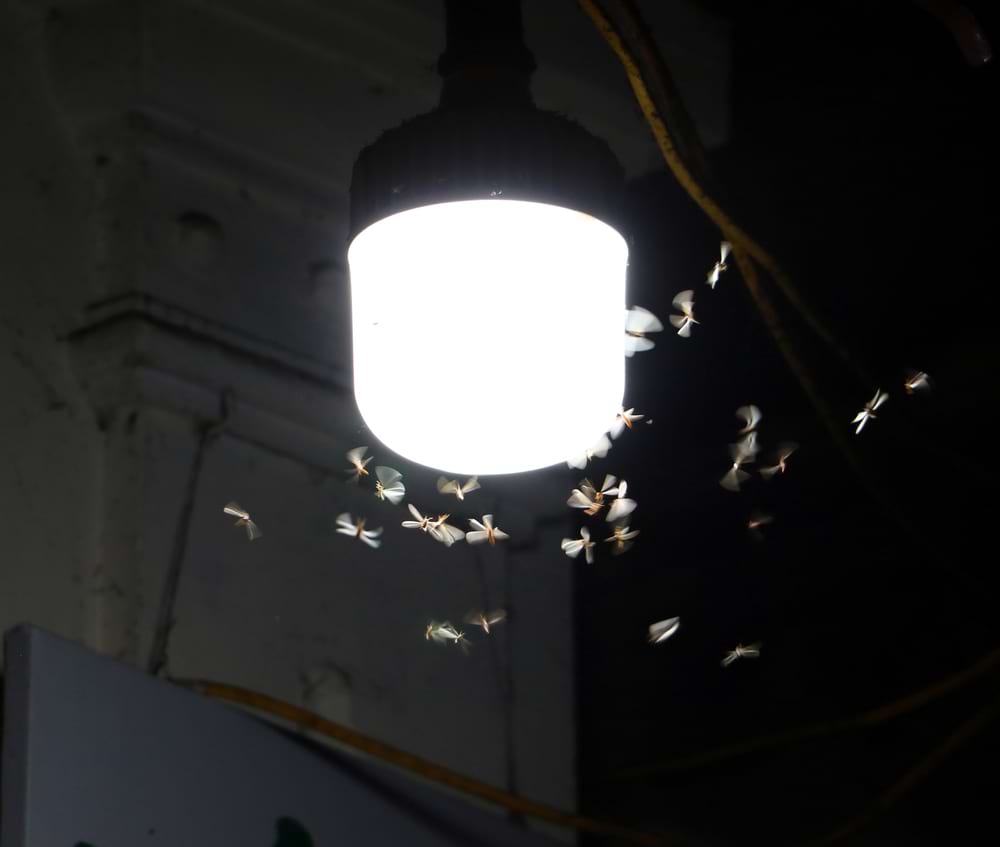There are many different house pests in the UK.
Many can damage your property.
Moths are a typical example.
Read on to learn what damage they cause and how to deal with them.
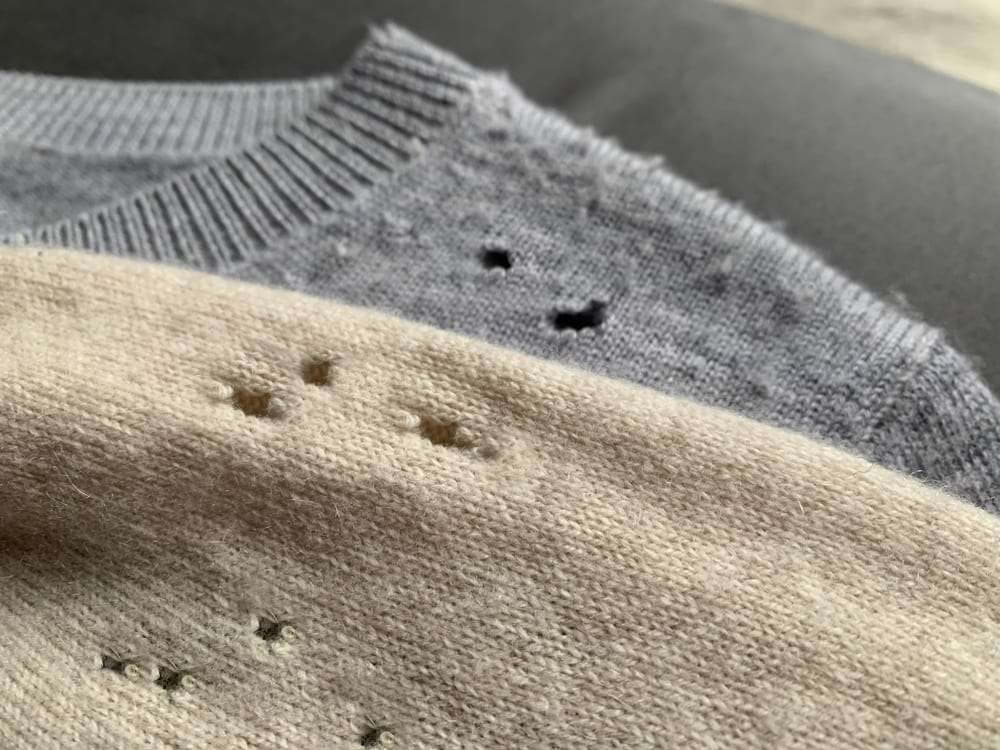
Moths in UK homes
Moths are widespread in the UK. They are usually found in gardens and inside properties.
They are often found inside homes in the UK. However, the scale of the problem can vary.
Research conducted by English Heritage found that the English regions most likely to have moths inside properties are (in order of most to least):
- London and the South East
- The South West
- The West Midlands
- The North East
- The North West
- The East Midlands.
Moth damage
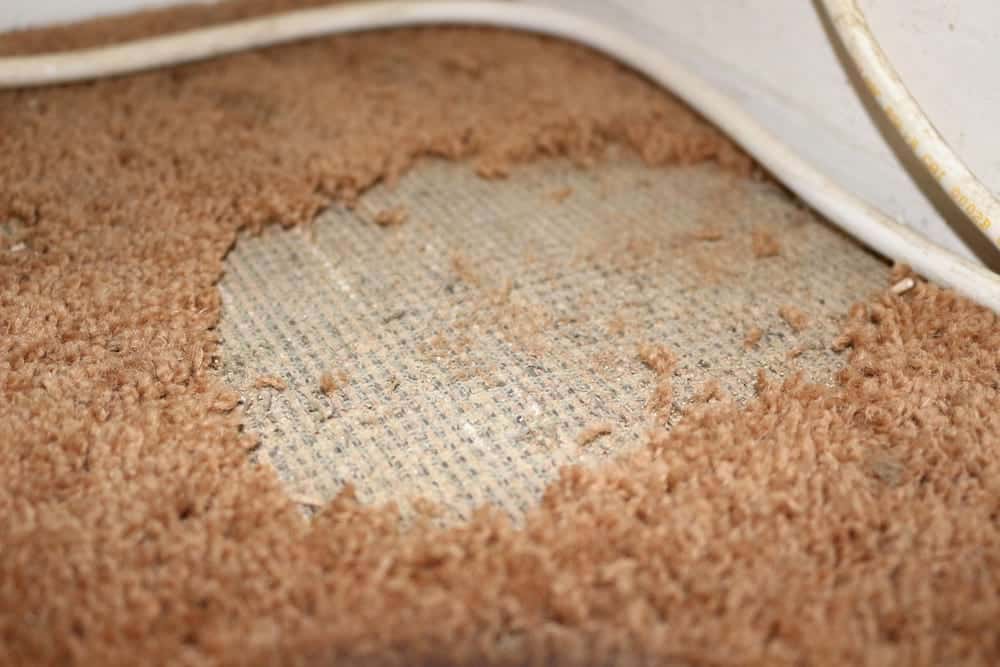
Moths don’t often damage your home itself, but they do items and fittings inside them. Particularly vulnerable materials include:
- Wool
- Fur
- Cotton
- Silk
- Leather.
While adult moths won’t eat through these textures in your property, their larvae do.
The most vulnerable parts of your house are those that are dark and undisturbed, such as lofts and wardrobes. The objects they are drawn to are:
- Carpet
- Curtains
- Furniture
- Clothing
- Bedding.
Moth larvae will bite holes into the materials that they like. They chew through fabrics and clothes.
Moths and structural damage
In theory, moths could cause some structural damage, given a long enough timeframe. In practice, this is highly unlikely.
The only way this can really happen is if moth larvae feed on natural fibres in insulation. This may weaken it.
Other house pests, such as woodworms, are more likely to damage house structures.
Types of moths in UK homes
There are approximately 2,500 species of moths in the UK. (For contrast, there are only 70 butterfly species.)
However, only a handful are commonly associated with entering homes.
Common clothes moth (Tineola bisselliella)
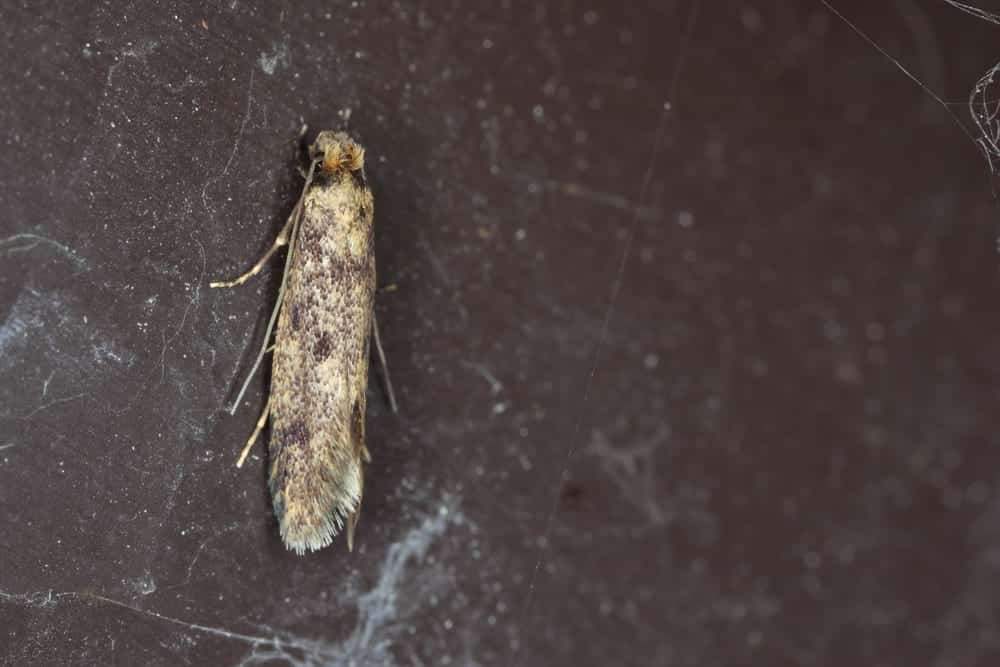
These moths (sometimes also known as the webbing clothes moth) are particularly attracted to – and destructive of! – wool, which they lay their larva in.
Their eggs usually hatch into between 30 and 200 small caterpillars, which feed on the material in which they are located.
Case-bearing clothes moth (Tinea pellionella)
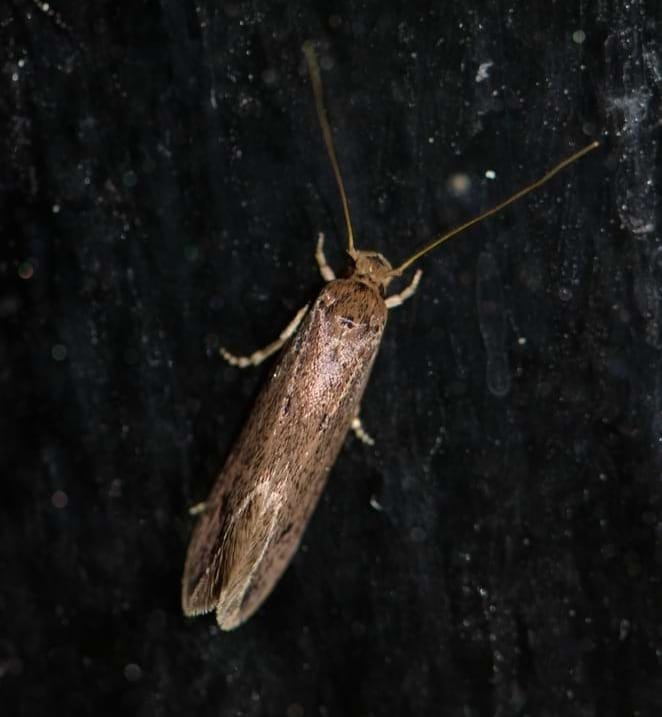
These are very similar to common clothes moths in many respects, including appearance.
One of the best ways to differentiate between them is by their head hairs: case-bearing clothes moths often have lighter, greyish hairs on their head.
(By contrast, common clothes moths have reddish-golden hairs in the same place).
Case-bearing clothes moths also leave distinct cigar-shaped larvae. (And common clothes mmoths leave signs of webbing around their larvae.)
Brown house moth (Hofmannophila pseudospretella)
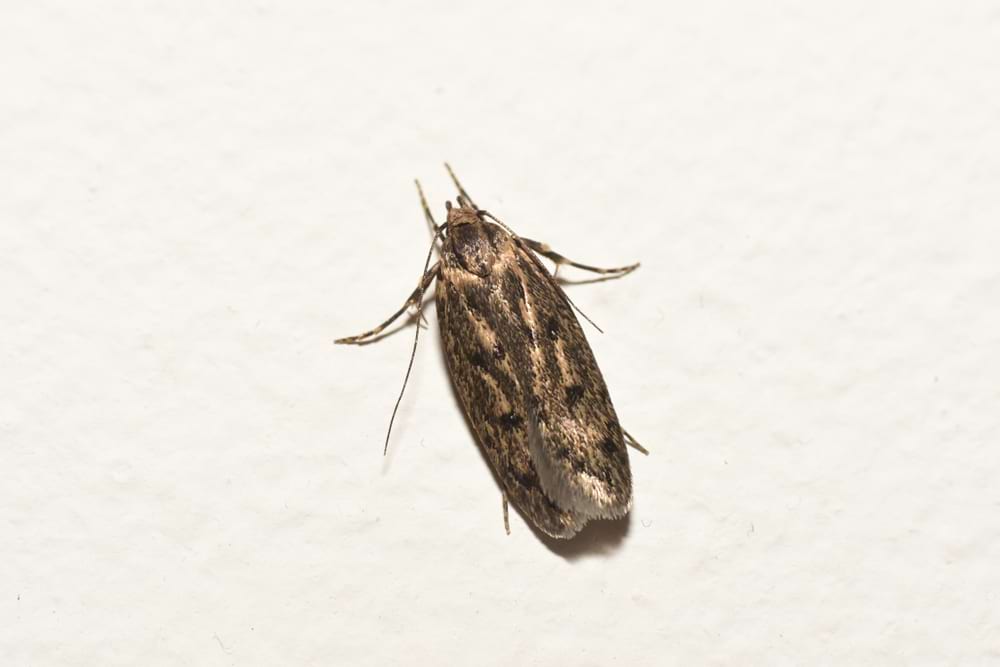
Brown house moths have several similarities with the above two species, namely their nocturnal habits, lifecycles, types of damage.
However, the main differences are that:
- Brown house moths feed on a broader range of foods, including human and pet foods
- Brown house moths are larger and darker than the other two species.
Causes of moths in homes
Plenty of moths enter a property by chance. If you leave a window or door open during the daytime, they could come in.
At nighttime, moths are attracted to light. So, if you have a window open and a light on, it can bring in quite a few.
Moths may also enter your home because they’re attracted to something in there. This could be a curtain that’s positioned close to an open window.
Or a food source that’s on a windowsill. If they find these things while inside your house, it’s less likely they’ll leave.
Moths could also be brought into your house on the inside of clothes.
When you buy used clothes from car boot sales or charity shops, this is a possibility.
How to prevent moth damage
Set out moth traps or natural repellents
There are moth-killer products that you can buy from local supermarkets.
These are rarely more than around £9. Some natural repellents could also be a good idea. Neem oil and lavender are two examples.
Fumigation
Fumigation is a highly effective method for removing existing moth larvae.
It should be done by a pest removal specialist, who will often use carbon dioxide anoxia or dry nitrogen gas.
Deep clean
Moths are attracted to untidy and unclean homes. By keeping yours clean, there’s a lower likelihood that moths will come in and stay.
Consider hiring a professional cleaning service or dedicating several hours (depending on the size and current cleanliness of your home) to this.
One option is to use a specialised deep clean vacuum (available for purchase or rental).
Pay extra attention to dark areas near your furniture, curtains, and wardrobes. Doing this regularly makes you less likely to miss something.
Store items in moth-resistant bags, if necessary
This is quite an extreme and arduous measure. You could only opt for it if you’re certain you’ve got an ongoing moth infestation.
You can place clothing and fabrics inside moth-resistant bags. These could be vacuum-sealed or airtight.
Brushing or dry cleaning affected items
If you believe you know precisely which items have been affected by moths, you can vigorously brush them.
If you do this, be sure to do it outside to prevent the eggs simply falling and embedding into your carpets.
Dry cleaning is another effective way of ensuring they are removed from items.
